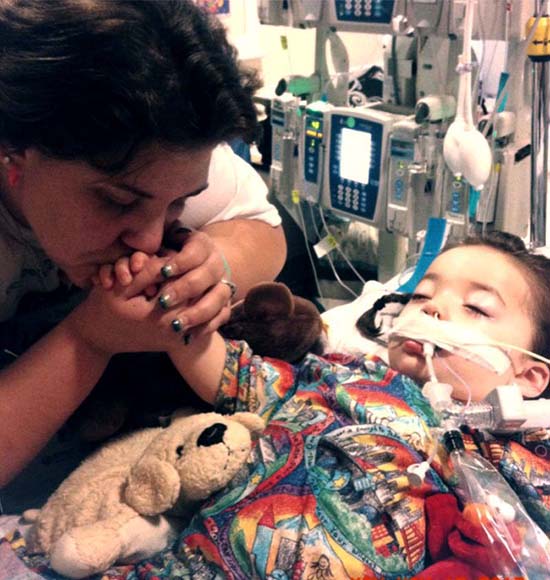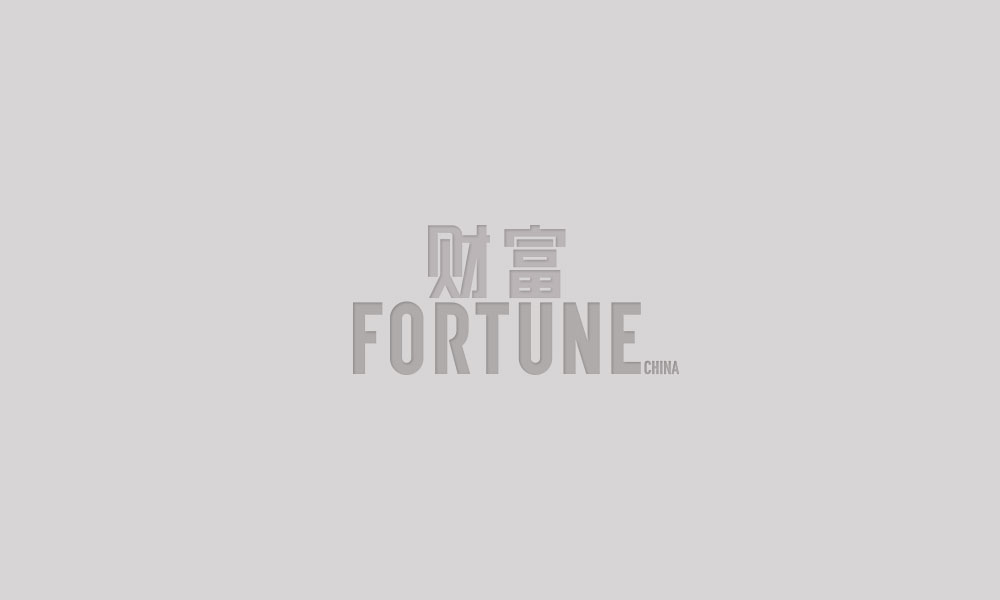這款洗衣神器竟然能殺人,該怎么破?
|
與《財富》雜志的多次交流中,寶潔不斷強調各種努力,包括貼標簽、做廣告、參與人身安全教育會議以及與公司合作的意見領袖博客教育公眾安全使用凝珠等等。2017年年底“汰漬凝珠調整”引起轟動時,受傷人數很少,但負面宣傳立即出現,寶潔的反應很迅速。汰漬在推特上的官方號勸告青少年不要吃凝珠。寶潔還迅速制作了一條廣告,片中英格蘭愛國者橄欖球隊的邊鋒羅布·格羅科夫斯基說:“用汰漬凝珠洗衣服,不要吃下去。”
寶潔重視消費者教育其實是一種更溫和的自我辯護,也是消費品制造商常用的手段。寶潔的潛臺詞是,到最后產品使用正確與否,責任在消費者自己身上。消費者代言人則對寶潔暗示凝珠導致傷害主要責任在父母和監(jiān)護人身上很不滿。倫理學家卡普蘭表示,像凝珠這樣大規(guī)模上市的產品,“制造商要負起責任,確保進入家庭時盡可能安全。”
消費者代言人堅持認為,洗衣液制造商并未清除安全方面的障礙。美國社會傷害專家加里·史密斯認為,更嚴重的是美國社會基本上接受了寶潔的說辭,即家庭出現傷害完全是個人責任。“跟孩子進急診室的家長談話時,他們都會說:‘醫(yī)生,不是產品的問題。是我的錯。我不是個好爸爸/媽媽,沒看好孩子。’”史密斯說。“他們都相信是問題出在自己身上。”
目前,聯邦監(jiān)管機構似乎對最近行業(yè)的改善進展基本滿意。CPSC發(fā)言人帕蒂·戴維斯發(fā)給《財富》雜志的電子郵件中贊許地寫道,2017年的數據“顯示與銷量相比住院率和(急診科)就診率在統(tǒng)計上明顯下降”。盡管與寶潔引用的數字相同,但戴維斯也指出,委員會希望繼續(xù)與安全標準小組合作。“降低不合理誤食的風險。”
州和聯邦立法者可能會更堅決打擊。前律師阿拉維拉·西莫塔斯如今在紐約州議會代表皇后區(qū),她對幾年前的驚險情景記憶猶新,當時1歲的女兒拿起一個落在地板上的汰漬凝珠。“她非常認真地看著凝珠。”西莫塔斯說,幸好她趕在女兒受傷之前奪了過來。“之前我女兒從來沒隨便吃過東西。”2018年2月,西莫塔斯和代表曼哈頓的州參議員布拉德·霍伊曼給寶潔公司發(fā)了一封信,呼吁改變設計,要求做到“凝珠不透明,采用統(tǒng)一顏色;不容易被孩子咬破;用不容易吸引孩子的包裝紙單獨包裝”,包裝紙上應該有警告,否則將立法禁止在紐約州銷售洗衣凝珠。在一次電話采訪中,霍伊曼提到了汰漬凝珠挑戰(zhàn):“我并不是在阻止愚蠢的青少年制作吃凝珠的病毒視頻。只是在保護年幼的孩子。”
當然,如果紐約州通過法案,范圍只會影響一個州。消費者代言人也不指望國會層面采取立法行動,因為參議院對監(jiān)管持懷疑態(tài)度,總統(tǒng)又宣稱要減輕公司監(jiān)管負擔,針對洗衣凝珠通過法案的可能性很小。 |
In multiple exchanges with Fortune, P&G emphasized its efforts to educate the public on how to use pods safely—through labeling, advertising, in-person safety education sessions, and the blogs of influencers the company works with. When the Tide Pod Challenge became a sensation in late 2017, injuries were few, but the negative publicity was immediate—and P&G’s response was swift. The Tide Twitter account admonished teenagers never to eat packets. The company quickly produced a TV spot featuring All-Pro New England Patriots tight end Rob Gronkowski, lecturing, “Use Tide Pods for washing, not eating.”
P&G’s emphasis on education is a kinder, gentler version of a defense that’s common to consumer product manufacturers: that shoppers are ultimately responsible for using products properly—or not. But consumer advocates chafe at the implication that the primary fault for pod injuries lies with parents and caregivers. With a mass-market product like this, says Caplan, the ethicist, “the duty is there, when any product enters the household, to make sure that it is as safe as can be.”
Consumer advocates are adamant that detergent-makers haven’t cleared that bar. What’s more, says Gary Smith, the injury expert, American society has largely bought into the belief that household injuries are entirely about personal responsibility. “When you talk to a parent whose child has been injured and brought into the emergency department?…?they will tell you, ‘It wasn’t the product, doctor. It was me. I’m a bad parent. I didn’t watch my child carefully enough,’?” Smith says. “They’ve bought the myth that it’s them that’s the problem.”
For now, federal regulators appear largely satisfied with the industry’s recent improvements. In an email to Fortune, CPSC spokesperson Patty Davis wrote approvingly of the 2017 data that “showed statistically significant declines in hospitalization rates and in [emergency-department] visits per product sold”—the same numbers P&G cites—though Davis also noted that the commission wants to keep working with the safety standards group “to reduce the unreasonable risk of ingestions.”
State and federal legislators may try to crack down more firmly. Aravella Simotas, a former lawyer who now represents a Queens district in the New York State Assembly, recalls her alarm a few years ago when her then 1-year-old daughter picked up a Tide Pod that had fallen on the floor. “She was looking at it very closely,” says Simotas, who grabbed it before her daughter could get hurt. “You have to understand, my child never put anything in her mouth.” In February 2018, Simotas and Brad Hoylman, a state senator from Manhattan, sent a letter to P&G calling on the company to change its designs and threatening to press for legislation that would ban all laundry detergent pod sales in the state “unless pods are designed in an opaque, uniform color; not easily permeated by a child’s bite; and individually enclosed in a separate child-resistant wrapper” with a warning on it. In a phone interview, Hoylman references the Tide Pod Challenge: “I’m not trying to protect stupid teenagers from making viral videos about Tide Pods. I’m trying to protect young children.”
If New York were to pass a bill, of course, its scope would be limited to one state. Legislative action at the congressional level is something consumer advocates aren’t counting on, since the odds of a laundry-pod bill being passed by a Senate that’s skeptical of regulation, and signed by a President who has vowed to reduce the regulatory burden on companies, seem slim. |

|
現在判斷私人訴訟是否會不會比政府更快還說不好。Wright & Schulte事務所律師理查德·舒爾特代表曼西利亞斯和鮑爾斯家提起訴訟,他表示目前爭取跟寶潔就70起案件達成庭外和解。據他介紹,之前針對其他凝珠制造商的索賠案件均已達成庭外解決。
舒爾特說,之所以現在針對凝珠制造商的訴訟不多,主要因為大多數律師并不了解這種產品有多危險。“我私下告訴其他頂級的出庭律師要對洗衣凝珠制造商提起訴訟,他們看我的眼神仿佛我是火星人。”他說。此外,大多數與凝珠相關的案件涉及的人身傷害不危及生命,因此就算贏得訴訟也不會要求巨額賠償。
寶潔拒絕透露有沒有付錢庭外和解。值得注意的是,2012年也就是凝珠上市以來,寶潔在其10-K報告里從未提過汰漬洗衣凝珠訴訟存在商業(yè)風險。(相比之下,強生公司最新的10-K報告里用很長篇幅介紹責任,其中介紹了強生滑石粉與癌癥相關訴訟產生的財務風險。)
如此一來只能靠公眾輿論的法庭,也就是說只有人們認定寶潔沒有做到客戶安全第一時,寶潔才可能遭受損失。度過早期令人興奮的階段后,寶潔洗衣凝珠銷售增長已經放緩,但歐睿數據顯示,2018年銷售額仍然同比增長4.4%,達11.7億美元,2月初寶潔股票創(chuàng)下歷史新高。
與此同時,消費者只能自行判斷便利的價值與承擔風險孰輕孰重。在凱蒂和貝拉·曼西拉的生活里,二者的關系仍然算不清。凱蒂說,貝拉中毒后兩人不斷爭吵,最終只能離婚。當年凱蒂只有23歲,后來輟學照顧貝拉,現在正努力學習希望成為社會工作者。
凱蒂對洗衣凝珠的結論是:“應該多花五分鐘自己倒洗衣液。傷到孩子太不值得了。”(財富中文網)
本文首發(fā)于2019年3月的《財富》雜志。 譯者:馮豐 審校:夏林 |
It’s too early to tell whether private lawsuits could move the needle further than the government has. Richard Schulte, an attorney with Wright & Schulte who is bringing legal claims on behalf of the Mancillas and Powers families, says his firm is attempting to reach settlements with P&G outside the court system on 70 cases. He says the firm has resolved all of its claims against other pod manufacturers out of court.
The main reason there aren’t many lawsuits against pod manufacturers, Schulte says, is that most lawyers don’t know how dangerous the product is. “When I tell other top trial lawyers, confidentially, that I’m bringing claims against the pod manufacturers, they look at me like I’m a martian,” he says. Furthermore, most pod-related cases involve injuries that are not life-threatening and thus won’t command large payouts if they win.
P&G declines to comment on whether it has paid any out-of-court settlements. Tellingly, P&G has never mentioned Tide Pod litigation as a business risk in its 10-K filings, going back to 2012, the year its pods were launched. (In contrast, Johnson & Johnson’s latest 10-K has a long section on liabilities that describes, among other things, the financial risks incurred through lawsuits that have linked J&J’s talcum powders to cancer.)
That leaves the court of public opinion, where P&G will presumably suffer only if it’s perceived as not putting the safety of its customers first. Pod sales growth has slowed at P&G since the product’s heady early days, but sales were still up 4.4% year over year in 2018, at $1.17 billion, per Euromonitor, and the company’s stock hit an all-time high in early February.
Consumers, meanwhile, are left to make calculations of their own about the value of convenience versus risk. That math is still playing out in the lives of Katie and Bella Mancillas. Katie says that arguments with Bella’s father about the poisoning incident contributed to the divorce they’re going through. Only 23 years old at the time, Katie dropped out of college to take care of Bella. She is now studying to be a social worker.
Katie’s own conclusion about laundry pods: “Take the extra five minutes to pour the laundry [detergent] yourself. It’s not worth losing your children.”
This article originally appeared in the March 2019 issue of Fortune. |













